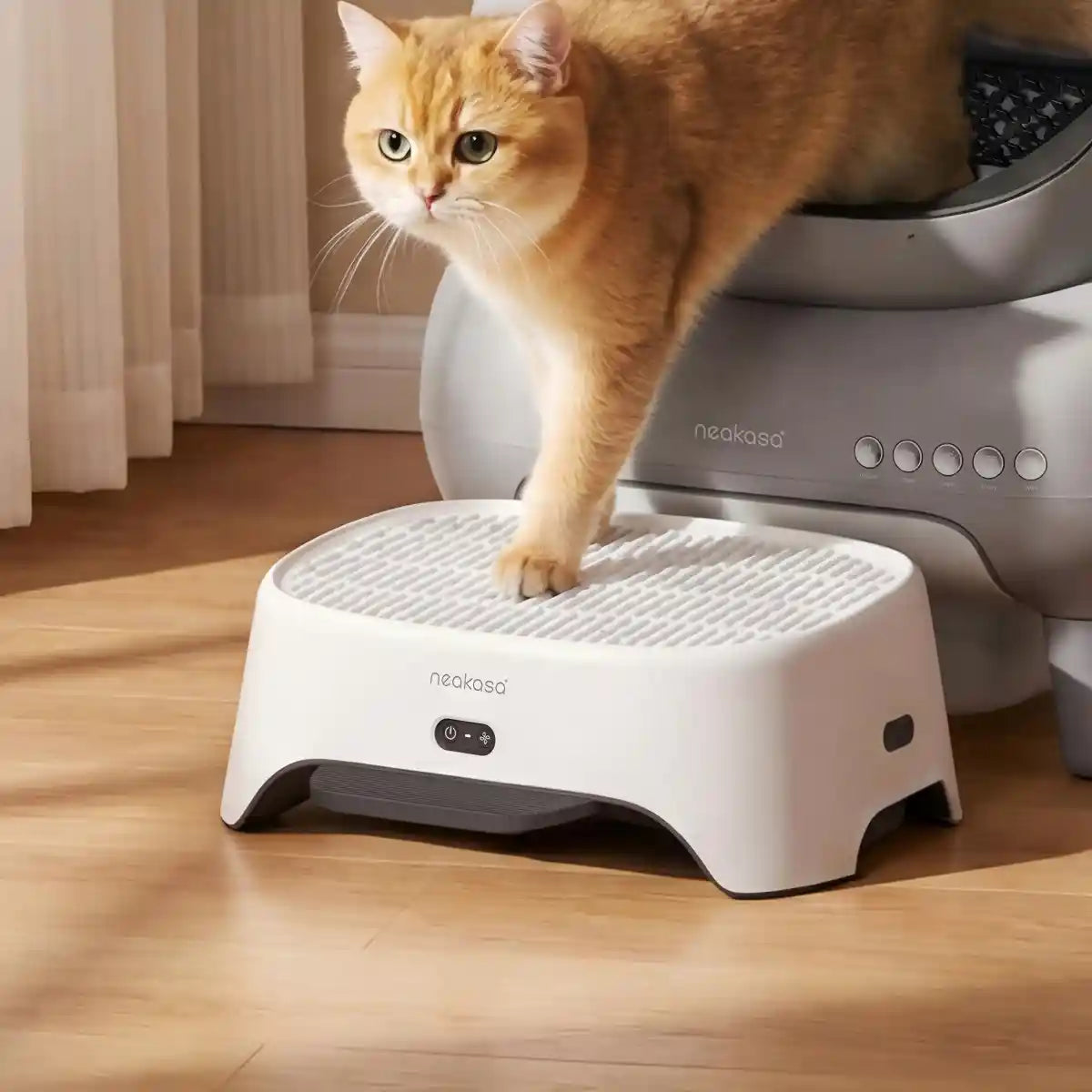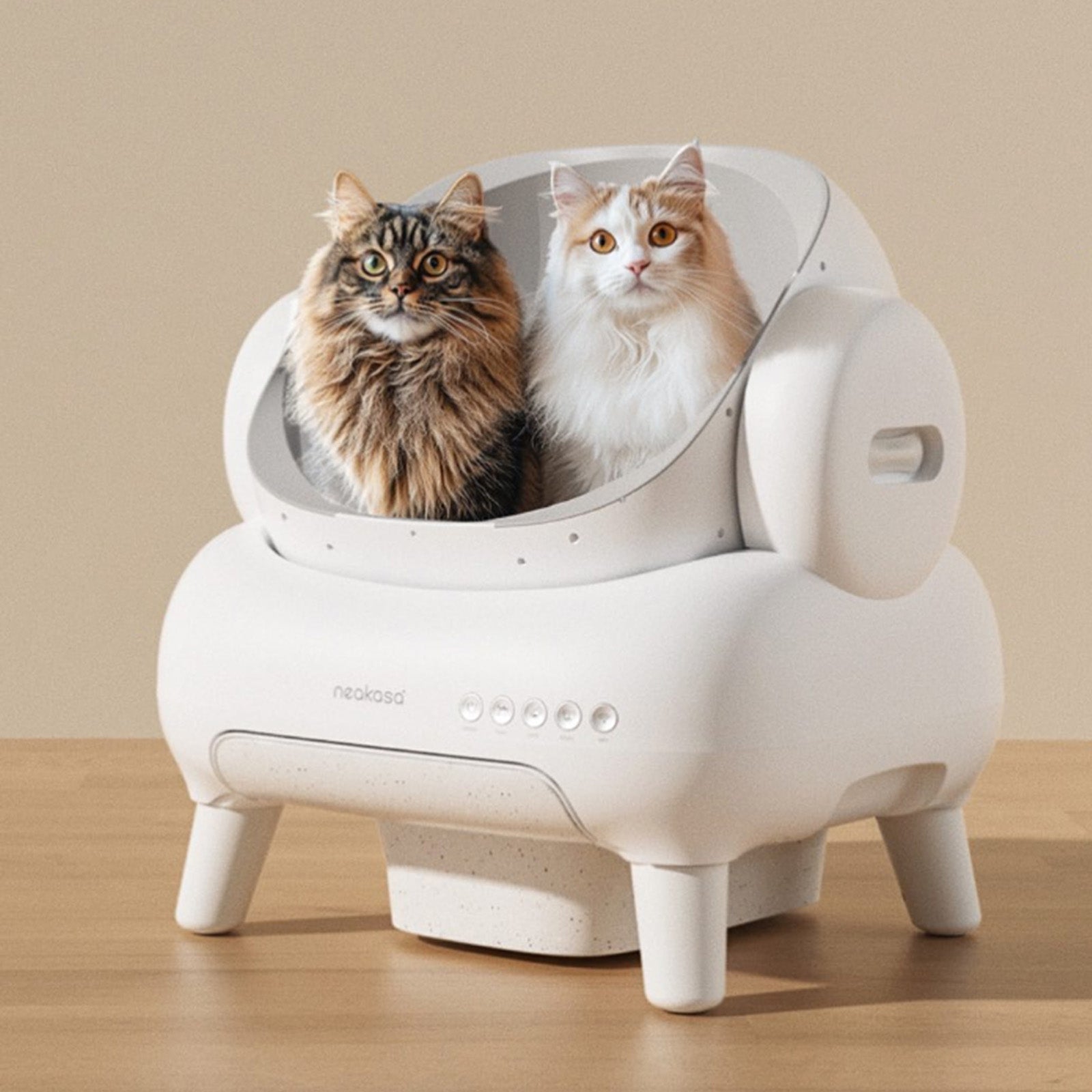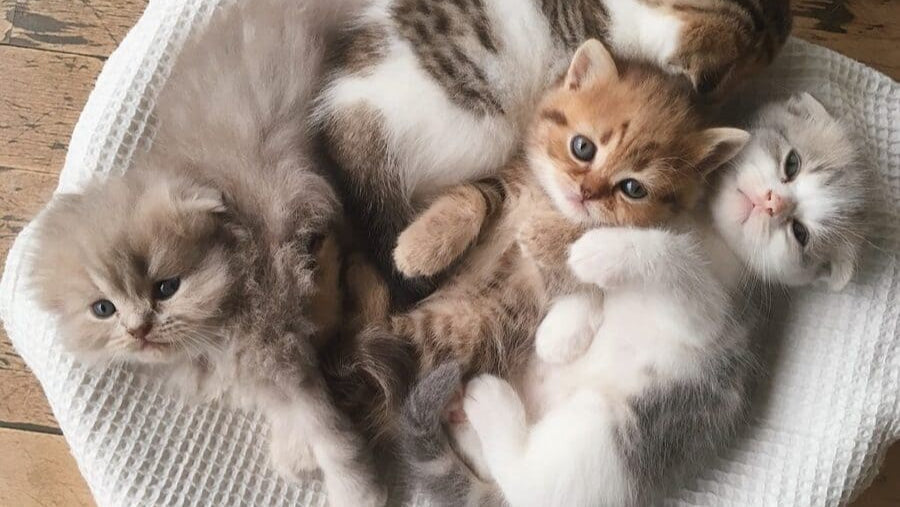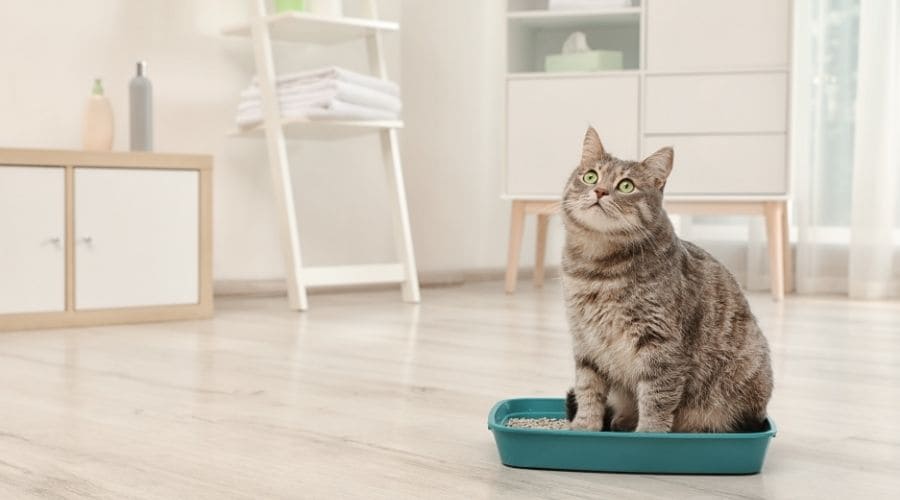Imagine coming home after a long day: one cat is curled on the couch, another dashes through the hallway, and a third jumps onto your lap before you can sit down. It’s adorable — but it also makes you wonder, is 3 cats too many?
In this article, we’ll cover the signs of having too many cats, the dangers of overcrowding, and tips on how many cats you can own safely while keeping a happy, balanced home.
Do I Have Too Many Cats? There’s No One-Size-Fits-All Answer
There’s no universal rule about how many cats you can safely own. The answer depends on several factors that shape your home environment and your ability to provide care:
- Home size: A large house with multiple rooms may comfortably house several cats, while a studio apartment may feel crowded with even two.
- Financial resources: Vet visits, food, litter, and toys can quickly add up.
- Time and attention: Each cat needs regular play, affection, and cleaning care.
- Cat personalities: Some cats thrive in groups, while others prefer solitude.
Instead of focusing only on numbers, ask yourself: Are all of my cats healthy, happy, and well cared for? If the answer is no—or if you’re noticing tension, stress, or financial strain—it may be a sign that you’ve reached your personal cat limit.
According to the American Veterinary Medical Association (AVMA), the average U.S. household with cats owns about 1.8 cats . While many families manage more, the number highlights that overcrowding is not the norm.
5 Clear Signs You Have Too Many Cats at Home
Managing multiple cats should feel rewarding, not overwhelming. When things tip in the wrong direction, warning signs usually appear.

1. Constant Litter Box Problems
Frequent messes outside the box are a major red flag. It often means your cats are competing for resources or there aren’t enough litter boxes. A stressed cat may signal distress by urinating in inappropriate places.
If you find yourself cleaning daily, the ratio of cats to litter boxes is likely off. For multi-cat households, a solution like the Neakasa M1 Self-Cleaning litter box can be a game-changer, keeping the space fresh and greatly reducing your workload.

- No more scooping, hands-free.
- Safe and easy with Open-top design.
- Great for cats up to 33 lbs.
2. Cats Fighting or Showing Stress Behaviors
Cats are territorial. In crowded homes, competition for food, space, and attention often leads to hissing, chasing, or aggression. Other stress signs include over-grooming, hiding, or changes in eating habits.
3. Skipping Vet Visits or Proper Care
When vet care becomes too expensive or time-consuming, it’s a clear sign of being overwhelmed. Missing vaccinations, spay/neuter, or parasite prevention risks not only one cat’s health but the entire group.
4. Decline in Home and Cat Cleanliness
Persistent odors, messy litter areas, or cats with unkempt coats signal that cleaning and grooming routines are slipping. A clean home and clean cats are hallmarks of a balanced household.
5. Financial and Lifestyle Strain
The financial burden of owning multiple cats can be significant. Cat food, medical bills, toys, and supplies can add up quickly.
If your cats' needs are putting a major strain on your budget, it's a sign that you may have reached your limit.
The Hidden Dangers of Living with Too Many Cats
The challenges of overcrowding go beyond daily inconvenience. They can create serious health, psychological, and even legal issues.
Health risks
Too many cats in a small space increases the spread of illnesses like upper respiratory infections, fleas, and parasites. Humans may also suffer from allergies or respiratory problems caused by high ammonia levels.
The Centers for Disease Control and Prevention (CDC) warns that poor sanitation in multi-pet homes increases risks of zoonotic diseases such as toxoplasmosis and ringworm.
Psychological strain
Cats are territorial. Without enough space, they become anxious, aggressive, or depressed, which can shorten life spans.
A study in the Journal of Feline Medicine and Surgery found that multi-cat households with insufficient space report significantly higher stress behaviors (hiding, aggression, over-grooming).
Legal and ethical issues
Many cities limit pet numbers—often two to four cats per household. Beyond the law, every owner has an ethical responsibility to provide safe and humane conditions.
For example, Los Angeles city law limits households to three cats, while some counties in the U.S. cap the number at four (local ordinances vary).
These dangers underline why it’s so important to match your number of cats to your actual capacity, not just your affection.
How Many Cats Can You Own Safely?
The safest number of cats isn’t about a magic figure—it’s about whether you can meet their needs without stretching yourself thin. A few key principles can help:
- Follow the litter box rule: Always provide at least one more litter box than the number of cats in your home.
- Provide enough resources: Each cat needs access to food, water, scratching posts, and resting spots. Sharing should never mean scarcity.
- Match cat numbers to home size: A small apartment may only handle one or two cats, while a larger home with separate rooms gives more flexibility.
By applying these principles, you’ll create a balanced, stress-free environment for all your feline companions.
FAQs
Q1: Is 3 Cats Too Many for One Household?
For some households, the answer to “is 3 cats too many” is no — three cats can be fine if you have enough space, litter boxes, and time for care. But in smaller homes or with limited resources, three may feel overwhelming.
Q2: How Many Cats Are Too Many Legally?
This depends on local laws. Some regions limit households to two or three cats, while others allow more. Always check your city or county regulations.
Q3: Do Cats Get Stressed in Multi-Cat Households?
Yes, especially if resources are limited. Providing multiple feeding stations, litter boxes, and resting spaces helps reduce stress and conflicts.
Conclusion
Ultimately, the goal of any cat owner should be to provide a safe, loving, and stress-free environment for their pets.
By paying attention to the signs, understanding the risks, and using smart tools like the Neakasa M1 Self-Cleaning litter box, you can simplify daily care and ensure your home remains a peaceful sanctuary for every cat lucky enough to be a part of it.
So when asking how many cats is too many, remember it’s not about the number, but about balance, resources, and love.








Leave a comment
This site is protected by hCaptcha and the hCaptcha Privacy Policy and Terms of Service apply.